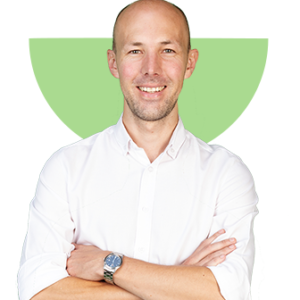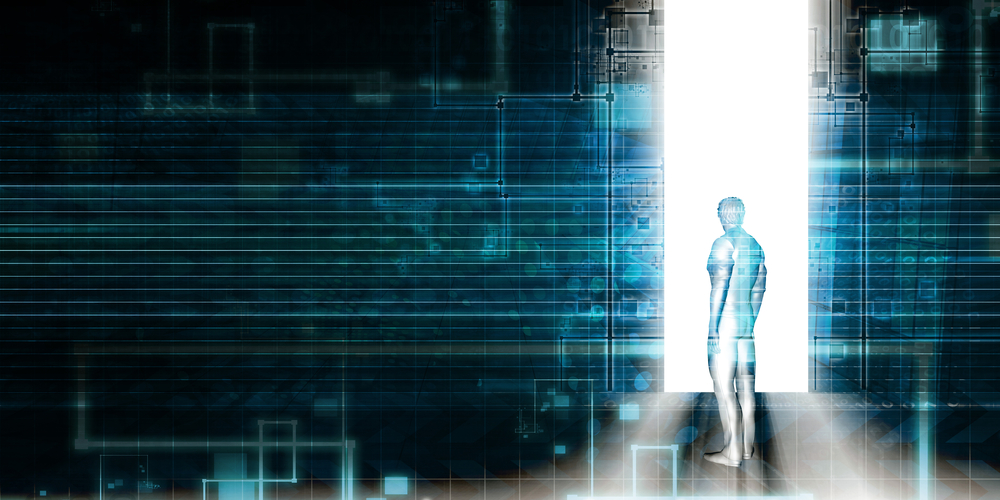Once upon a time there was a tortoise. And its name was Kodak.
The end.
Unfortunately for Kodak, this wasn’t a fairy tale and it didn’t have a happy ending. Kodak, at its peak, was selling 20 million film cameras a year. Kodak also invented a digital camera 16 years before they became mainstream. But they couldn’t adapt to the disruptive change digital cameras eventually caused, and Kodak, which in hindsight was perfectly poised to lead the new market, filed for bankruptcy in 2012.
This wasn’t a rapid change. But it was disruptive. The moral of the story is that if you can’t adapt to disruptive change, you might not survive.
If adaptation is so vitally important, how can we learn to do it well? Where should we look for examples? The answer is all around us. Nature teaches us that the survival of the fittest does not necessarily mean that the strongest of species survive, nor the most intelligent, but the ones most responsive to change.
Our industry leans towards a plan-for-change strategy. We’re sure that if we do more planning we’ll have better data, we’ll be able to predict when change is coming, and we’ll know what it means for us. Just like Steve Balmer, previous Microsoft CEO, did his research and predicted the iPhone wouldn’t get any significant market share.
History has proven we are pretty bad at predicting disruptive change. In fact, it’s a worthwhile strategy to think of disruptive change as fundamentally unpredictable.
Nature takes a different approach. Nature’s strategy is to generate small variations and expose them to the environment. The best-suited survive, the rest die out, and the species as a whole carries on, fitter and better-adapted than before.
The key here is variation and exposure.
Can tortoises like Kodak compete with their faster start-up competitors? Synthesis has worked with both tortoises and hares and we believe the reality is closer to the fairy tale: the hare might be quicker, but if the tortoise is smart it might reach home sooner.
I’d like to share with you some of what we’ve learnt from running races with tortoises and hares. Specifically, I want to compare three approaches that we’ve seen used for getting out of the blocks – for beginning a digital transformation process.

The first approach is the false start. This is a traditional plan-driven approach, according to which a large amount of features are planned and built with zero customer exposure.
This is how most software companies built software not too long ago. A lot still do.
It feels like success because you’re executing on the plan, but you’re simply delaying the pain of exposing your plan to the environment.
I’ve drawn a little heartbeat in the corner to compare reach with conversion. With the false start the heartbeat is as good as dead. We were building … but without market/customer exposure, we don’t know if we’re building the right structure.

The reach we experienced in this approach was exceptional, but reach without conversion is a high operational burden with low value.
Using cloud infrastructure, specifically that provided by Amazon Web Services (AWS), was key in this project. It allowed us to go-live fast and lean, while still setting us up for scale.
Another key was the early exposure to the market/customers. We had a customer before we had our first core system invoice. The early exposure to customers meant we had high confidence in what we were doing, because the results of what we were doing were immediately apparent. It creates a motivational snowball which is great – a true start-up vibe.
Deferring decisions is a gamechanger; if a decision is hard, it might mean that you simply don’t have enough information and need to be in the market for a while to learn.

The principle characteristic of the steady paced approach is trying to match reach with conversion, so that the effort matches the value. In this project we had a go-live delay as we were waiting for infrastructure to be procured. It wasn’t on the cloud, so no one-minute startup. It was a little frustrating.
It was hard to procure infrastructure earlier as without cloud it was a big investment decision: what would be the right scale of infrastructure? The cloud completely sidesteps this question.
An appendix – the triathlon

I’m happy to see a lot of enterprises already adopting this strategy successfully. It’s formally called dual transformation and reverse innovation.
It actually involves a dual strategy. One team within your organisation focuses on digitally transforming the current business. At the same time, another initiative is deployed to an entirely new market. Here the business is run as a startup funded by the main enterprise. Its mission is to completely reinvent a lean version of the business.
The one challenge I’ve seen in this model is passing the baton – bringing the reinvented business back into the original market. It competes with the original enterprise and disrupts it.
Conclusion
It doesn’t matter if you’re a tortoise or a hare, the consistent winner is one who can adapt to change. It’s survival of the fittest, so stay fit!
Fitness tips
- Use a fluid infrastructure! Don’t reinvent the wheel, simply rent it.
- Exposure to market/customers is the only relevant test of a model. Real products in a real environment with real customers – that’s the true measure of success.
- To survive change, learn from the master: nature. Generate small variations continuously, and expose them to the market/customers. Couple this with constant reflection and I can guarantee results.
It doesn’t matter if you’re a tortoise or a hare: Exposure + Reflection = Win






